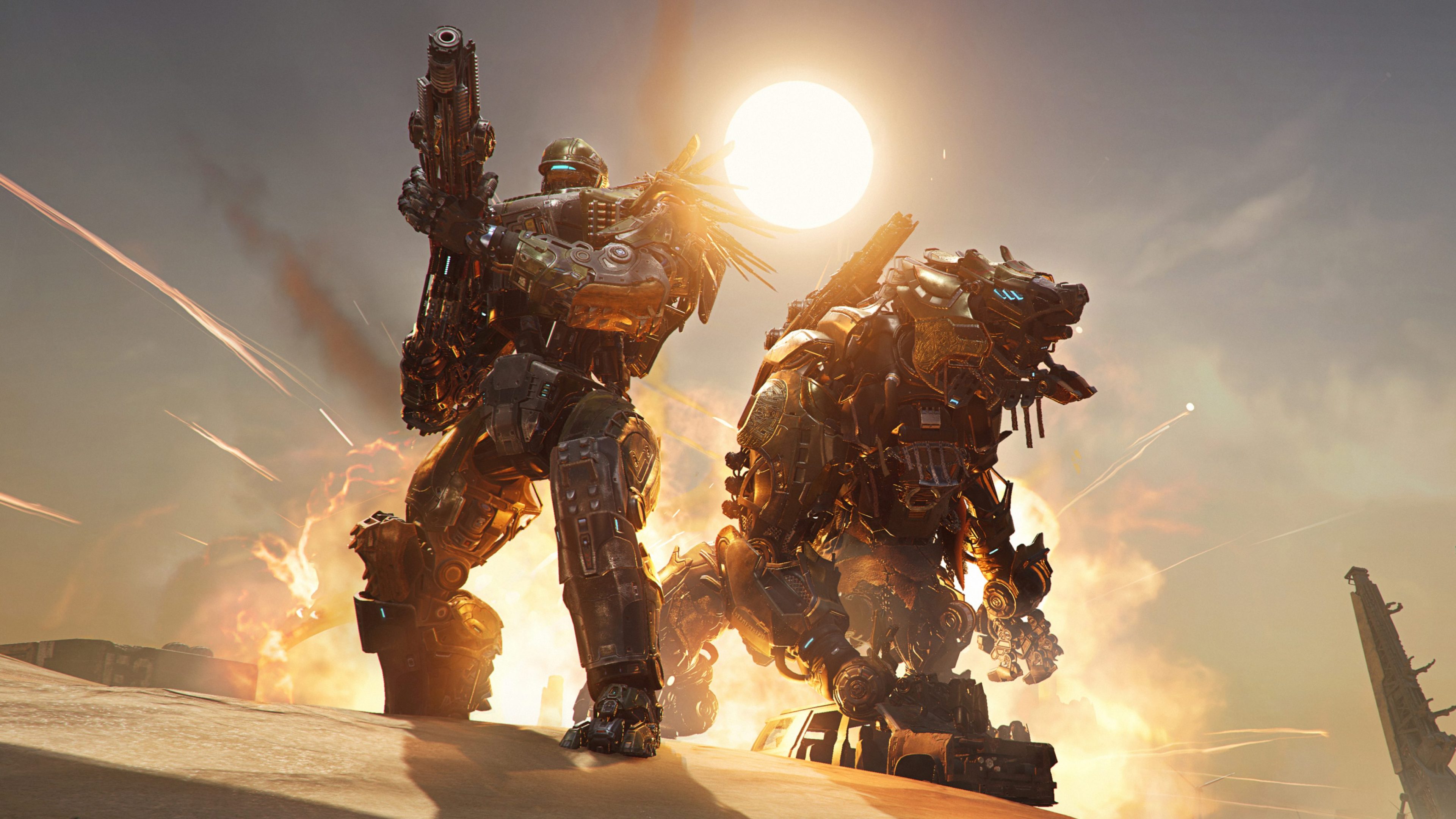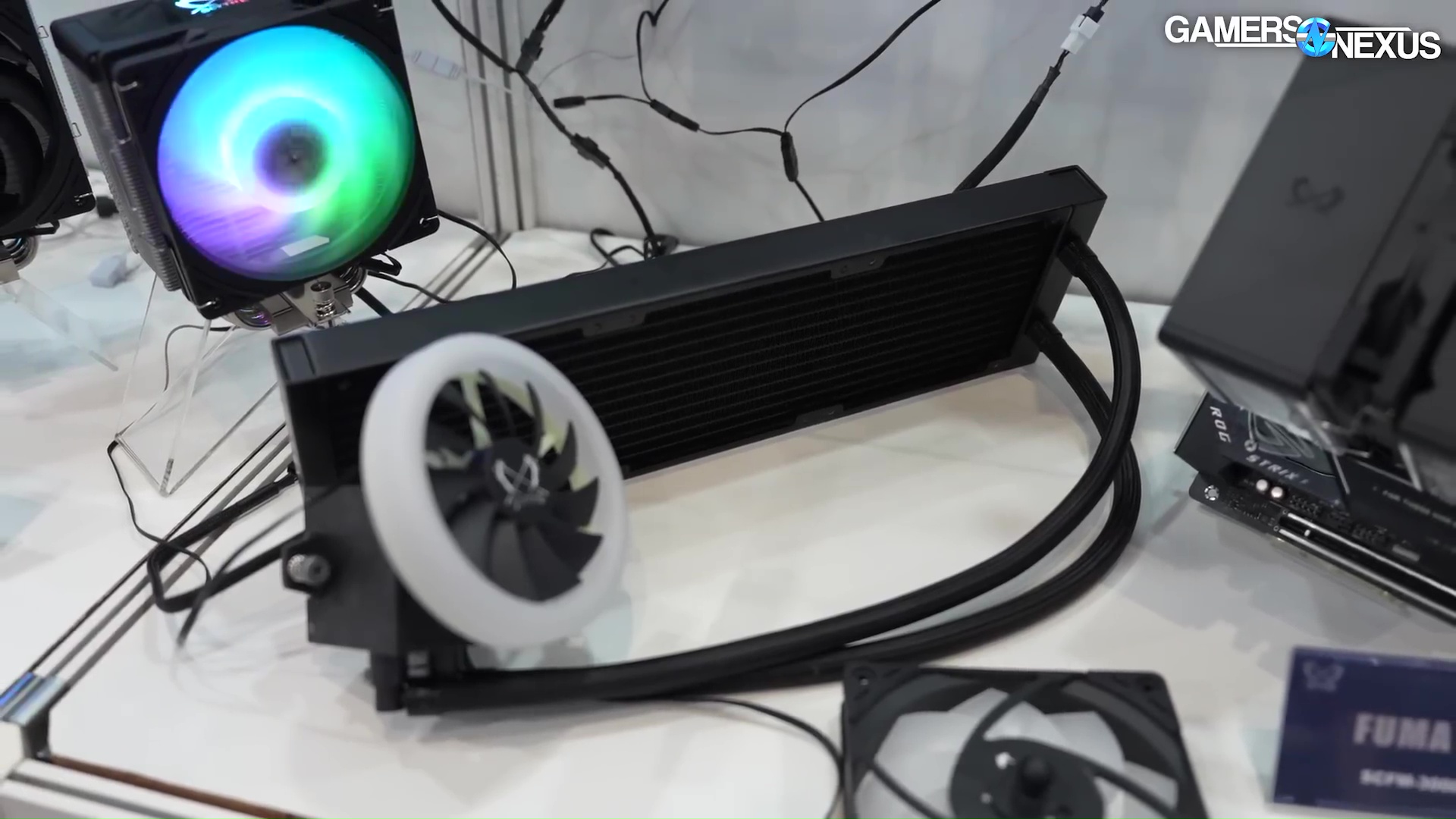Hitman: IO Interactive Has Big Plans For World of Assassination
While IO Interactive may be heavily focused on its inaugural James Bond game, 2026’s 007 First Light, it’s still providing ambitious new levels and updates for Hitman: World of Assassination and its new science fiction action game MindsEye. To continue to build hype for First Light and IOI’s growing partnership with the James Bond brand, the latest World of Assassination level is a Bond crossover, as Hitman protagonist Agent 47 targets Le Chiffre, the main villain of the 2006 movie Casino Royale. Available through July 6, 2025, the Le Chiffre event in World of Assassination features actor Mads Mikkelsen reprising his fan-favorite Bond villain role, not only providing his likeness but voicing the character as he confronts the contract killer in France.
Den of Geek attended the first-ever in-person IO Interactive Showcase, a partner event with Summer Game Fest held at The Roosevelt Hotel in Hollywood. Mikkelsen and the developers shared insight on the surprise new World of Assassination level, with the level itself playable in its entirety to attendees on the Nintendo Switch 2 and PlayStation Portal. The developers also included an extended gameplay preview for MindsEye, ahead of its June 10 launch, while sharing some details about the techno-thriller.
Matching his background from Casino Royale, Le Chiffre is a terrorist financier who manipulates the stock market by any means necessary to benefit himself and his clients. After an investment deal goes wrong, Le Chiffre tries to recoup a brutal client’s losses through a high-stakes poker game in France, with Agent 47 hired to assassinate the criminal mastermind on behalf of an unidentified backer. The level opens with 47 infiltrating a high society gala linked to the poker game, with the contract killer entering under his oft-used assumed name of Tobias Rieper, a facade that Le Chiffre immediately sees through.
At the IO Interactive Showcase panel, Mikkelsen observed that the character of Le Chiffre is always one that he enjoyed and held a special place for him and his career. Reprising his villainous role also gave Mikkelsen the chance to reunite with longtime Agent 47 voice actor David Bateson since their ‘90s short film Tom Merritt, though both actors recorded their respective lines separately. Mikkelsen enjoyed that Le Chiffre’s appearance in World of Assassination gave him a more physical role than he had in Casino Royale, rather than largely placing him at a poker table.
Of course, like most Hitman levels, there are multiple different ways that players can accomplish their main objective of killing Le Chiffre and escaping the premises. The game certainly gives players multiple avenues to confront the evil financier over a game of poker before closing in for the kill, but it’s by no means the only way to successfully assassinate him. We won’t give away how we ultimately pulled off the assassination, but rest assured that it took multiple tries, careful plotting, and with all the usual trial-and-error that comes from playing one of Hitman’s more difficult and immersively involved levels.
Moving away from its more grounded action titles, IO Interactive also provided a deeper look at its new sci-fi game MindsEye, developed by Build a Rocket Boy. Set in the fictional Redrock City, the extended gameplay sneak peek at the showcase featured protagonist Adam Diaz fighting shadowy enemies in the futuristic city’s largely abandoned streets. While there were no hands-on demos at the showcase itself, the preview demonstrated Diaz using his abilities and equipment, including an accompanying drone, to navigate the city from a third-person perspective and use an array of weapons to dispatch those trying to hunt him down.
MindsEye marks the first game published through IOI Partners, an initiative that has IOI publish games from smaller, external developers. The game did not have a hands-on demo at the showcase and, given its bug-heavy and poorly-received launch, this distinction is not particularly surprising. Build a Robot Boy has since pledged to support the game through June to fix its technical issues but, given the game’s hands-on access at the IOI Showcase, there were already red flags surrounding the game’s performance. With that in mind, most of the buzz at the showcase was unsurprisingly centered around 007 First Light and updates to Hitman: World of Assassination, and IO Interactive did not disappoint in that regard.
Even with Hitman: World of Assassination over four years old now, the game continues to receive impressive post-release support from IO Interactive, both in bringing the title to the Nintendo Switch 2 and with additional DLC. At the showcase, IOI hinted at additional special levels for World of Assassintation with high-profile guest targets like Le Chiffre, without identifying who or if they’re also explicitly tied to the James Bond franchise. But with 007 First Light slated for its eagerly anticipated launch next year, it’s a safe bet that IOI has further plans to hype its own role in building out the James Bond legacy for the foreseeable future.
The Hitman: World of Assassination special Le Chiffre level is available now through July 6, 2025 on all the game’s major platforms, including the Nintendo Switch 2.
MindsEye is now on sale for PlayStation 5, Xbox Series X|S, and PC.
#hitman #interactive #has #big #plansHitman: IO Interactive Has Big Plans For World of Assassination
While IO Interactive may be heavily focused on its inaugural James Bond game, 2026’s 007 First Light, it’s still providing ambitious new levels and updates for Hitman: World of Assassination and its new science fiction action game MindsEye. To continue to build hype for First Light and IOI’s growing partnership with the James Bond brand, the latest World of Assassination level is a Bond crossover, as Hitman protagonist Agent 47 targets Le Chiffre, the main villain of the 2006 movie Casino Royale. Available through July 6, 2025, the Le Chiffre event in World of Assassination features actor Mads Mikkelsen reprising his fan-favorite Bond villain role, not only providing his likeness but voicing the character as he confronts the contract killer in France.
Den of Geek attended the first-ever in-person IO Interactive Showcase, a partner event with Summer Game Fest held at The Roosevelt Hotel in Hollywood. Mikkelsen and the developers shared insight on the surprise new World of Assassination level, with the level itself playable in its entirety to attendees on the Nintendo Switch 2 and PlayStation Portal. The developers also included an extended gameplay preview for MindsEye, ahead of its June 10 launch, while sharing some details about the techno-thriller.
Matching his background from Casino Royale, Le Chiffre is a terrorist financier who manipulates the stock market by any means necessary to benefit himself and his clients. After an investment deal goes wrong, Le Chiffre tries to recoup a brutal client’s losses through a high-stakes poker game in France, with Agent 47 hired to assassinate the criminal mastermind on behalf of an unidentified backer. The level opens with 47 infiltrating a high society gala linked to the poker game, with the contract killer entering under his oft-used assumed name of Tobias Rieper, a facade that Le Chiffre immediately sees through.
At the IO Interactive Showcase panel, Mikkelsen observed that the character of Le Chiffre is always one that he enjoyed and held a special place for him and his career. Reprising his villainous role also gave Mikkelsen the chance to reunite with longtime Agent 47 voice actor David Bateson since their ‘90s short film Tom Merritt, though both actors recorded their respective lines separately. Mikkelsen enjoyed that Le Chiffre’s appearance in World of Assassination gave him a more physical role than he had in Casino Royale, rather than largely placing him at a poker table.
Of course, like most Hitman levels, there are multiple different ways that players can accomplish their main objective of killing Le Chiffre and escaping the premises. The game certainly gives players multiple avenues to confront the evil financier over a game of poker before closing in for the kill, but it’s by no means the only way to successfully assassinate him. We won’t give away how we ultimately pulled off the assassination, but rest assured that it took multiple tries, careful plotting, and with all the usual trial-and-error that comes from playing one of Hitman’s more difficult and immersively involved levels.
Moving away from its more grounded action titles, IO Interactive also provided a deeper look at its new sci-fi game MindsEye, developed by Build a Rocket Boy. Set in the fictional Redrock City, the extended gameplay sneak peek at the showcase featured protagonist Adam Diaz fighting shadowy enemies in the futuristic city’s largely abandoned streets. While there were no hands-on demos at the showcase itself, the preview demonstrated Diaz using his abilities and equipment, including an accompanying drone, to navigate the city from a third-person perspective and use an array of weapons to dispatch those trying to hunt him down.
MindsEye marks the first game published through IOI Partners, an initiative that has IOI publish games from smaller, external developers. The game did not have a hands-on demo at the showcase and, given its bug-heavy and poorly-received launch, this distinction is not particularly surprising. Build a Robot Boy has since pledged to support the game through June to fix its technical issues but, given the game’s hands-on access at the IOI Showcase, there were already red flags surrounding the game’s performance. With that in mind, most of the buzz at the showcase was unsurprisingly centered around 007 First Light and updates to Hitman: World of Assassination, and IO Interactive did not disappoint in that regard.
Even with Hitman: World of Assassination over four years old now, the game continues to receive impressive post-release support from IO Interactive, both in bringing the title to the Nintendo Switch 2 and with additional DLC. At the showcase, IOI hinted at additional special levels for World of Assassintation with high-profile guest targets like Le Chiffre, without identifying who or if they’re also explicitly tied to the James Bond franchise. But with 007 First Light slated for its eagerly anticipated launch next year, it’s a safe bet that IOI has further plans to hype its own role in building out the James Bond legacy for the foreseeable future.
The Hitman: World of Assassination special Le Chiffre level is available now through July 6, 2025 on all the game’s major platforms, including the Nintendo Switch 2.
MindsEye is now on sale for PlayStation 5, Xbox Series X|S, and PC.
#hitman #interactive #has #big #plans













